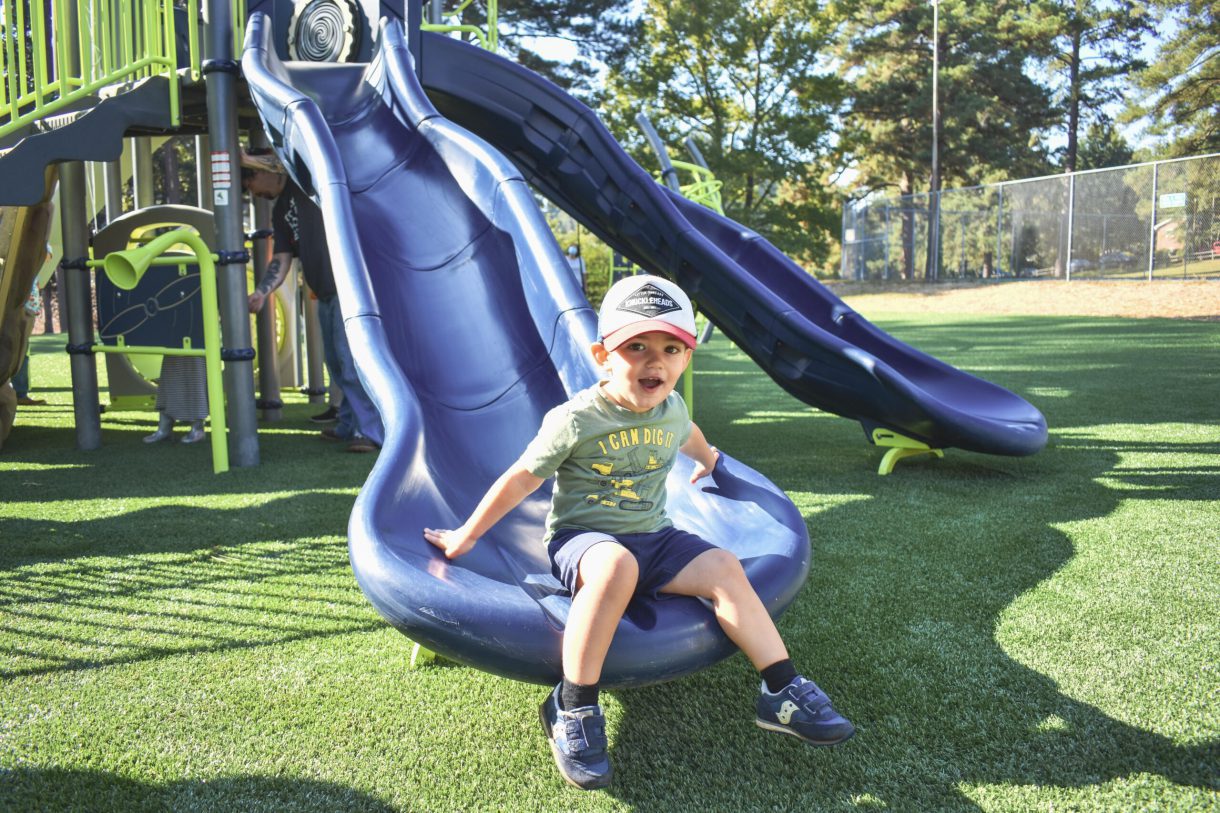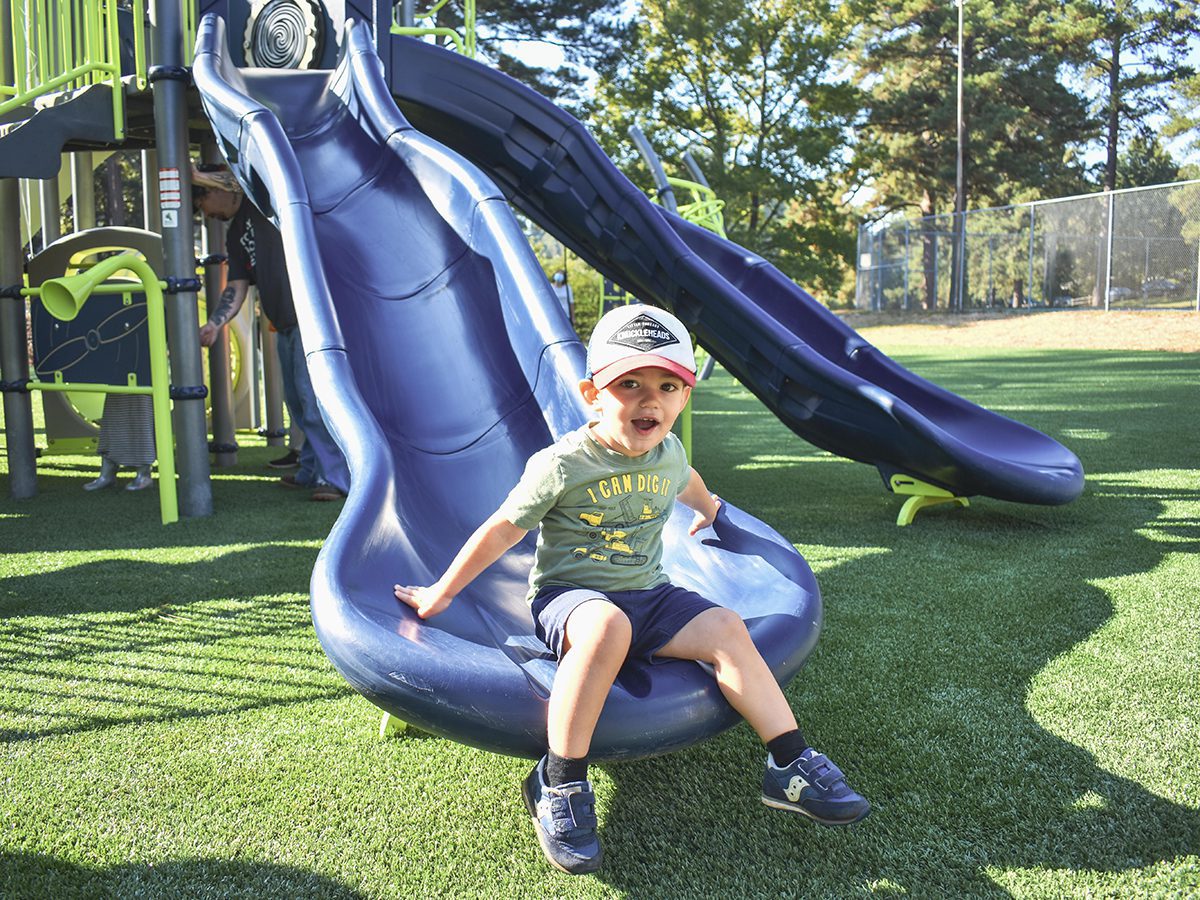
Great planning leads to great places for us to live, work and play.
That’s the belief of Gary Warner, AICP, PLA, and he would know. As a director in the Design + Planning group at WithersRavenel, Gary brings more than 30 years of experience in landscape architecture, planning and design to his job every day.
Planning can be about code, ordinances, and zoning at a micro level. At a more macro level, planning is about vision and creating great places that will last over time.
When thinking about planning, Gary thinks at more of a macro level about how to improve cities and towns. I grew up in the suburbs and I’ve lived in cities, Gary said. So how do you make those kinds of environments, those kinds of spaces better?
We want to create great places that will last over time. Generation after generation. You can do that with design, but I think the basis for success has to be planning.
A big part of that success is planning at the micro level. You have policies in place, codes and ordinances in place that allow projects to remain successful over time. But at a higher level, planning is about how all the parts mesh.
Planning, landscape architecture, parks, and public spaces coming together
For Gary, his passions of landscape architecture, public places, and parks are interrelated with planning. Whether he is working on site design, master planning, parks or other projects, he recognizes the importance of planning in the process.
In an urban environment, landscape architecture can often be seen as the spaces between buildings. A cityscape is an environment often defined by a blend of ideas and planning: space planning, urban massing, orientation, architectural details, and pedestrian experiences, all built on a foundation of code and ordinances.
Next, consider the park layer within a city or town: Pocket parks, downtown green spaces, trails, and greenways. Planning and design can mean an individual park space. It can also mean planning for an entire park system, one of the services provided by WithersRavenel’s Parks and Recreation team.
We do a lot of park system planning where we look at an entire park system, whether it is the Town of Zebulon, the City of Statesville, or Robeson County, Gary said. We look at the system from a planning aspect. The idea is you have a connected system of parks and greenways, connected neighborhoods. Much like a vehicular transportation network is connected, all these things can layer on top of one another. That becomes the puzzle that I can appreciate.
Planning in the future
When Gary thinks about the future of planning, sustainability and resiliency quickly come to mind. But not simply the typical form of resiliency that most people think about.
We talk about resiliency in terms of natural disasters, floods and those types of things, Gary says. But there is also resiliency in terms of a city or town and how do you get things up and running again. How resilient is the service infrastructure of a city to provide services to residents and visitors?
We can design green spaces to accommodate floodwaters relatively easily, but how do you manage the systems – water, sewer, electric grids? How do we get workers back into their offices to provide services? There are certain levels of resiliency that we are going to have to have a bigger discussion about.
Gary cites the aftermath of Hurricane Ian as an example. Floodwaters have receded, but how do you get the systems up and running again so that people can try to rebuild? And it’s not just the systems; how do we design for the people who run the systems?
Another hot topic in planning for Gary, specifically related to urban design, is curb management. How do you manage the curb in urban areas to allow access to everything – parking on the street, deliveries from trucks, drop-offs from ride share services? How do you deal with autonomous self-driving vehicles, pedestrian access to the curb? Having bicycles along that same alignment? This is going to be a big thing for communities to try to figure out.
In the end, it’s about making memories
What is his ultimate goal of planning and design? Certainly, creating a place that will be sustainable, viable and will last into the future is important, as is a space that honors the natural systems.
But for Gary, the main goal is pretty simple.
For me as a landscape architect and planner, I am looking to create memorable places, Gary says. Once it is planned, once it is designed, and you and your family are out there visiting that space, that place, it creates a memory for you which, essentially in my mind, blesses that space. And you’ll tell your friends about it.
For me, that’s my level of success – you’ve visited this place, you thought it was awesome, you want to go back. That place has become sacred at that point. For me, creating good memories is what it is all about.
Do you want to put WithersRavenel’s designers and planners to work for you? Contact Gary Warner, AICP, PLA, at gwarner@withersravenel.com.

